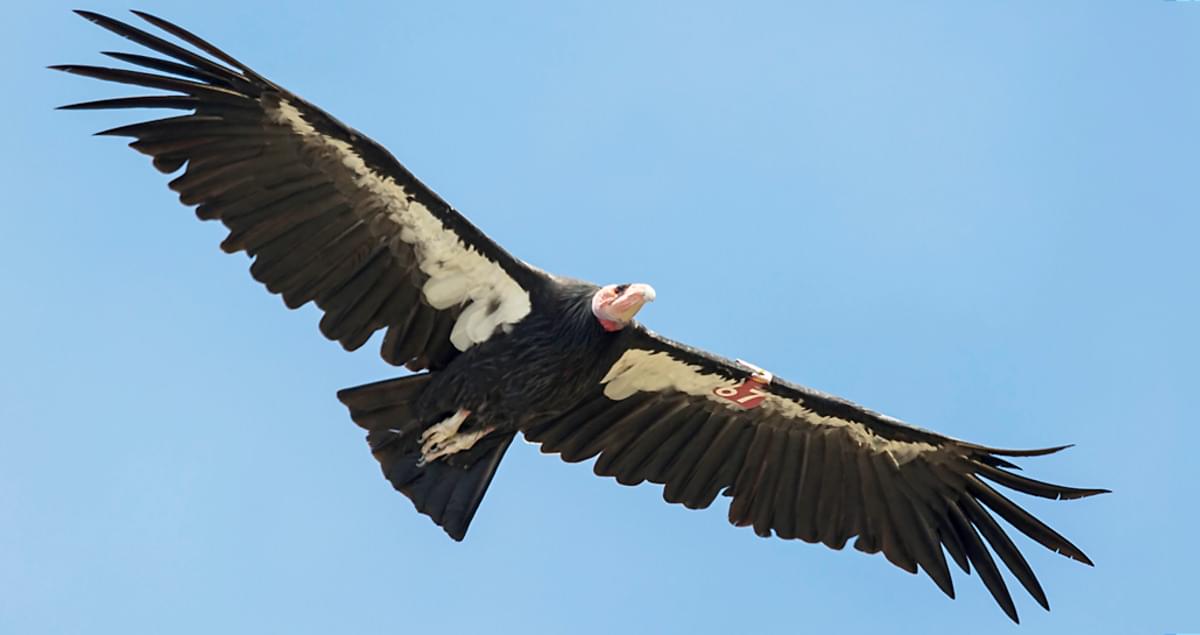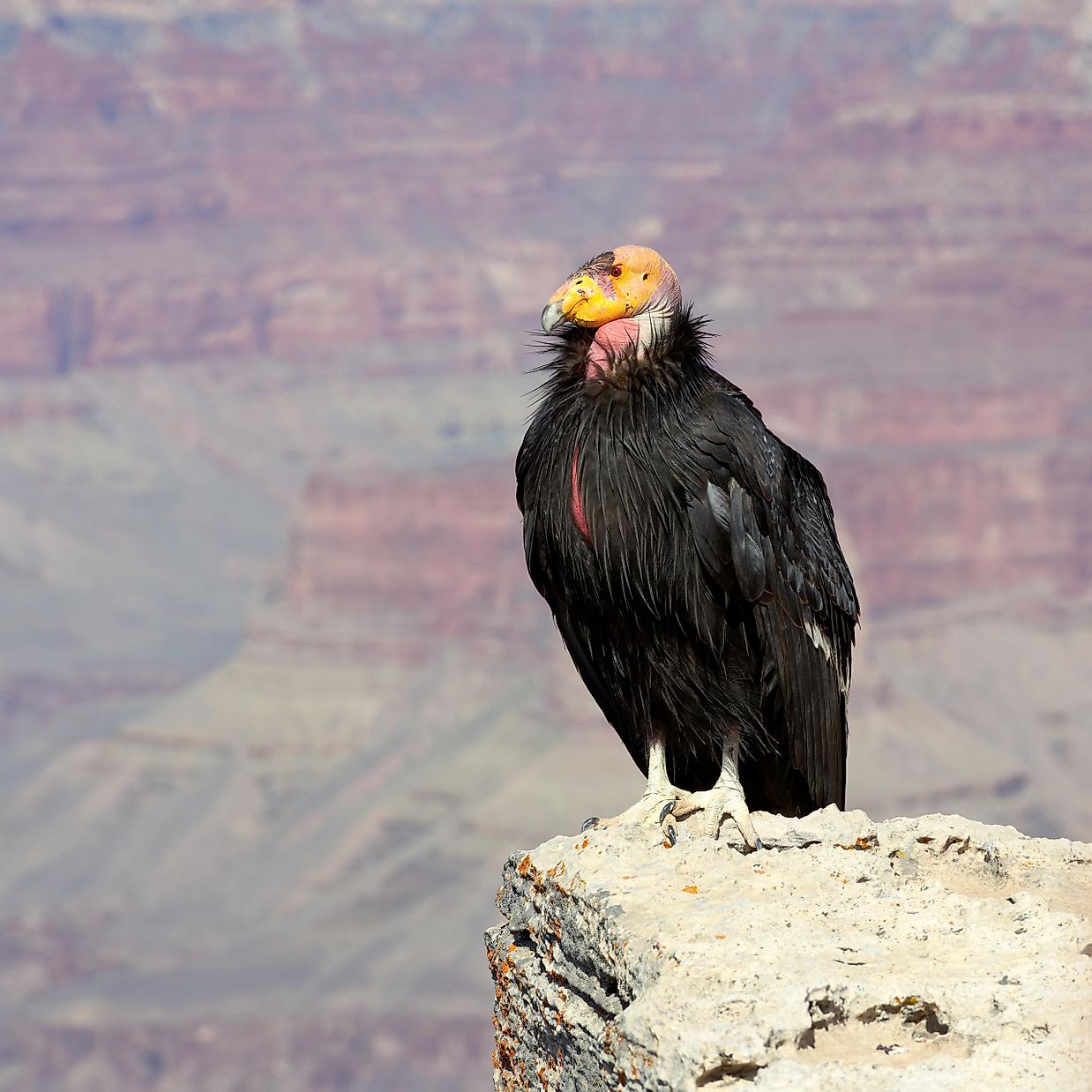

These areas are up high to help keep them safe from ground predators. They can be found in relatively large numbers, roosting on inaccessible cliffs and rocky outcrops. Males have yellow eyes, while the female's eyes are red.Īt night, Andean Condors all get together to sleep. Biologists take photos of the male condors and learn to identify individuals by the patterns of wrinkles on their combs and faces. Male condors are born with this comb and each one is unique. The males are larger than the females and they have a comb on top of their heads, which the females lack. Of all the New World Vultures, the Andean Condor is the only one that shows sexual dimorphism, which means there is a visible difference in size and physical characteristics between the male and the female.

Juveniles are grayish-brown with no white neck ruff. People who design airplanes have used this same feature on some airplane wings.Īdult Andean Condors are unmistakable with their large black bodies, white neck ruff and featherless heads. This helps with soaring by reducing drag, or air resistance. When you see a soaring condor, notice that the tips of its wings are pointing up. They only need to flap their wings occasionally the rest of the time, they are floating on air. Soaring makes it possible for them to fly for long periods of time without expending much energy. With the longest wingspan of any raptor, Andean Condors are built for soaring and they do so effortlessly. It often soars over open grassland areas as it searches for food. This large scavenger can be seen soaring over high montane canyons and peaks throughout the Andes or along the coast in the southern part of its range. It can be found from Colombia and northwestern Venezuela, all the way south to Tierra del Fuego. Where they liveĪs its name suggests, the Andean Condor inhabits much of the Andes Mountain range along the Pacific coast region of western South America.

Since 2010, The Peregrine Fund, as a member of the Andean Condor Working Group, has been providing scientific advice to the Ministry of Environment of Ecuador on condor conservation, and since mid-2011 conducting collaborative research on movements and habitat use of Andean Condors. Our support helps local biologists and students research and monitor wild populations and helps with captive breeding, environmental education, and community participation programs. The Peregrine Fund has been supporting conservation and research for the Andean Condor in Ecuador (since 2008), Chile (2008-2009), Bolivia (since 2011) and Argentina (since 2012).


 0 kommentar(er)
0 kommentar(er)
